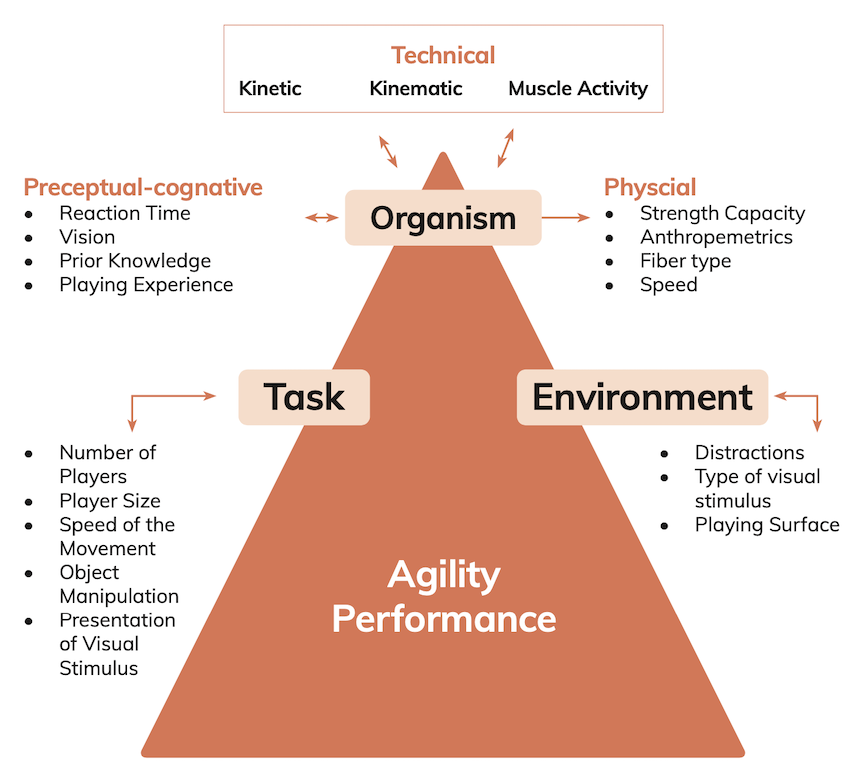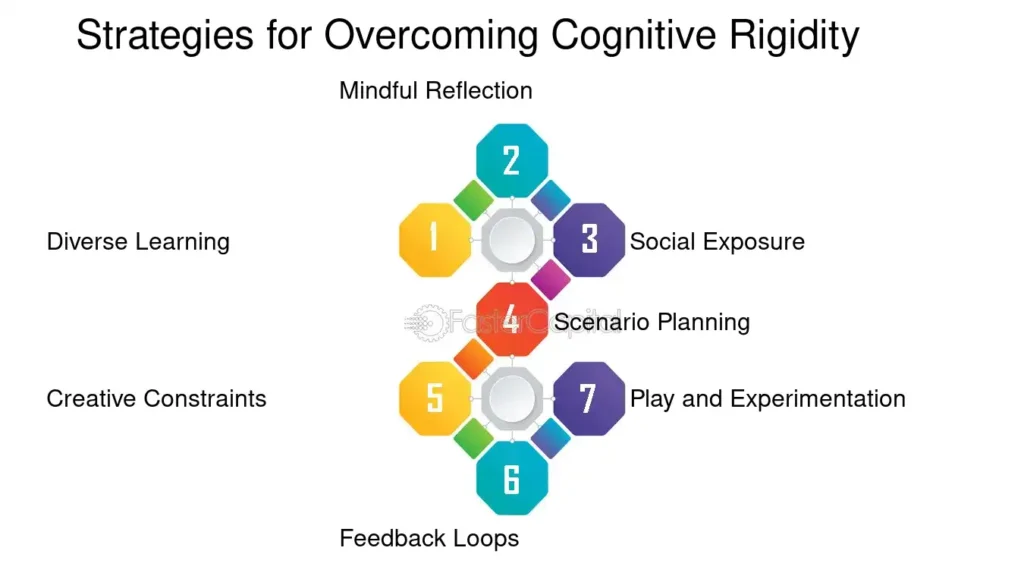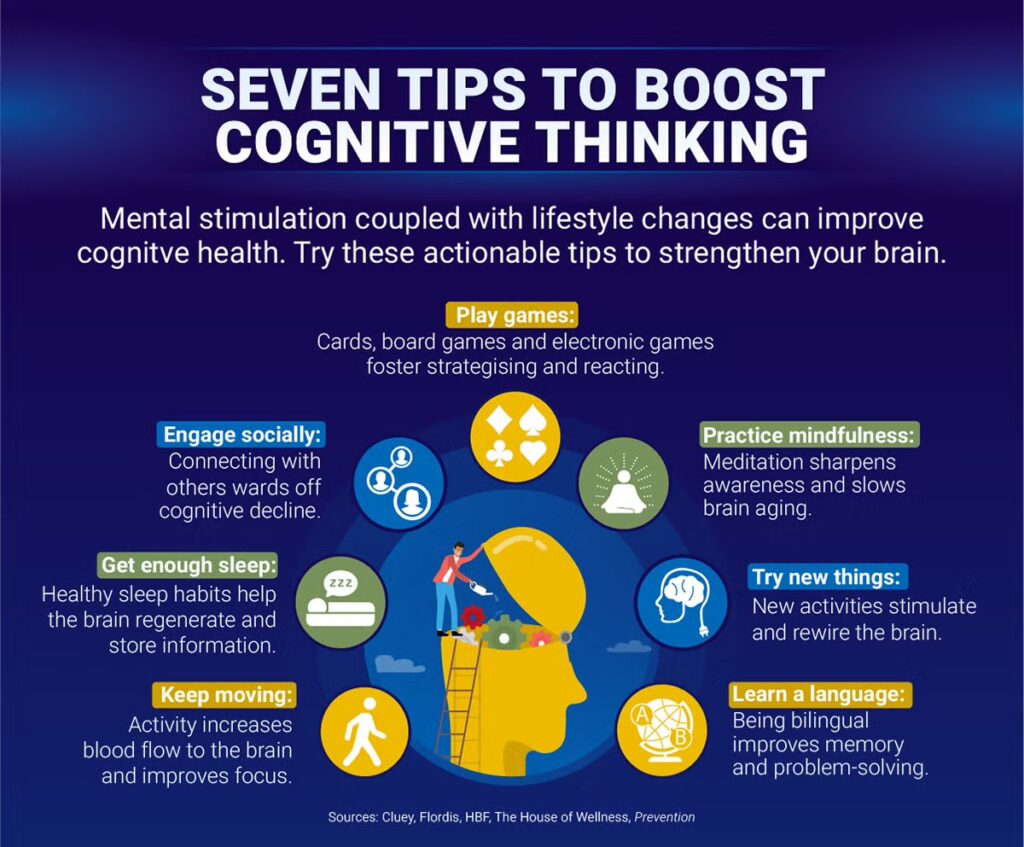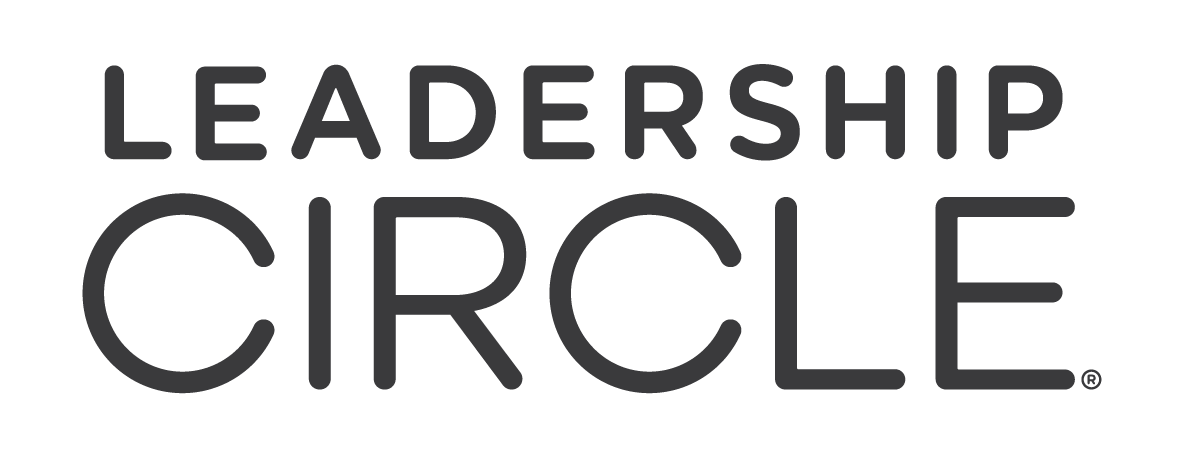Could Your Strongest Beliefs Be Holding You Back?
Leadership has always been synonymous with decisiveness. But when decisiveness starts to look like an inflexible approach to decision-making, it can quietly sabotage innovation, damage team dynamics, and limit problem-solving. Known as cognitive rigidity, this silent obstacle isn’t often discussed, but it’s a leadership challenge that everyone from new managers to seasoned executives must confront.
At its core, cognitive rigidity is the inability to adapt to new ideas, perspectives, or changing circumstances. While sticking to your guns is sometimes necessary, the modern business landscape demands agility, both in thought and action. The central question could not be more urgent for today’s leaders: Are you flexible enough to grow?
This blog explores what cognitive rigidity is, its hidden impact on leadership, and, most importantly, how cultivating cognitive agility can future-proof your leadership in an era of constant change.
 Image Source: Switched On Training
Image Source: Switched On Training
What is Cognitive Rigidity, and Why Should Leaders Care?
Cognitive rigidity is more than stubbornness—it’s a mental state where habitual thought patterns prevent individuals from seeing alternative possibilities. Leaders, often operating under high pressure, can find themselves unconsciously sticking to time-tested strategies or personal assumptions even when conditions demand new approaches.
The Neuroscience Behind It
Neurologically, cognitive rigidity is tied to the brain’s reliance on neural shortcuts or routines established over time. These pathways can help us respond quickly, but when overused, they create a default mode of thinking that resists adaptation.
Serious Consequences of Cognitive Rigidity in Leadership:
- Resistance to Feedback
Leaders with rigid mindsets may perceive constructive criticism as a challenge to their authority, which isolates them from valuable insights.
- Falling Back on Outdated Practices
Strategies that worked five years ago might now be counterproductive, yet rigid thinkers struggle to pivot.
- High Employee Turnover
Cognitive rigidity fosters environments where ideas are dismissed, stifling creativity and demotivating teams.
Leadership rooted in cognitive rigidity doesn’t just frustrate those leading; it frustrates those being led.
The Hidden Signs of Cognitive Rigidity in Leadership
Rigid thinking often hides in plain sight. Below are telltale signs your leadership might be affected without you even realizing it.
- Black-and-White Thinking
Rigid leaders categorize decisions as wins or losses, with no room for nuance. Complex decisions require a balance, yet this “either-or” mindset often leads to short-sighted outcomes.
- The Sunk Cost Fallacy
Nothing highlights cognitive rigidity better than clinging to failing projects because “we’ve already invested so much.” Progress demands knowing when to pull the plug and redirect resources.
- Defensive Leadership
Do you see new ideas from your team as opportunities to grow—or as threats to your status? Defensive leaders block innovation, often building walls between themselves and their teams.
- Pattern Fixation
When rigid leaders over-rely on tactics that once worked but no longer do, they miss the opportunity to explore creative solutions in evolving market conditions.
Identifying these patterns isn’t about blame but about creating awareness as the first step toward transformation.

How to Cultivate Cognitive Agility
Cognitive agility—the ability to think flexibly and pivot under changing circumstances—is the antidote to rigidity. Here are six strategies to help you break free.
- Shift From “I’m Right” to “Let’s Test It”
Replace certainty with curiosity. Approach problems as hypotheses to be tested rather than as challenges to be conquered. For example, instead of insisting your plan is foolproof, frame it as an experiment and seek team input on ways to improve it.
- Expand Your Mental Inputs
Surround yourself with diverse opinions. Too often, leadership teams look and think the same, resulting in groupthink. Seeking out dissenting voices fosters creativity and ensures you’re not working in an echo chamber.
- Practice “Micro-Disruptions” Daily
Rewire your brain through small, controlled disruptions. Choose a different route to work, eat something unexpected for breakfast, or read a book outside your domain of expertise. These shifts retrain your brain to adapt more easily.
- Build Psychological Flexibility
Adopt mindfulness techniques. Mindfulness reduces cognitive rigidity by encouraging leaders to stay present and remain open to alternative ways of thinking. For instance, starting meetings with a “start-stop-continue” exercise can reframe team discussions constructively.
- Master Metacognition
Being aware of how you think—and questioning those patterns—can change your decision-making process. During your next big decision, ask yourself, “What assumptions am I making? What do I need to unlearn here?”

The Future Belongs to Flexible Thinkers
Leadership in the 21st century isn’t about unwavering certainty; it’s about adaptability. The leaders who will thrive in the future aren’t just those who strategize well but those who remain open to evolving and growing continuously.
Cognitive agility isn’t a nice-to-have leadership skill—it’s the bedrock of long-term success. The question, then, is this: Are you ready to train your brain for agility instead of rigidity?
Transitioning from rigidity to agility requires mindset shifts, mindful practices, and a willingness to stay curious. Start today and watch how the small changes you make in your thought patterns spark larger transformations in your leadership and team outcomes.
At Leadership Circle, we get that cognitive agility is key to excelling in your leadership role. Our top-notch tools and resources are here to help you ditch rigid thinking and embrace a more dynamic and responsive style. Check out Leadership Circle’s solutions to boost your cognitive agility and lead with confidence. Get in touch with us today to find out more.






I just like the helpful information you provide in your articles